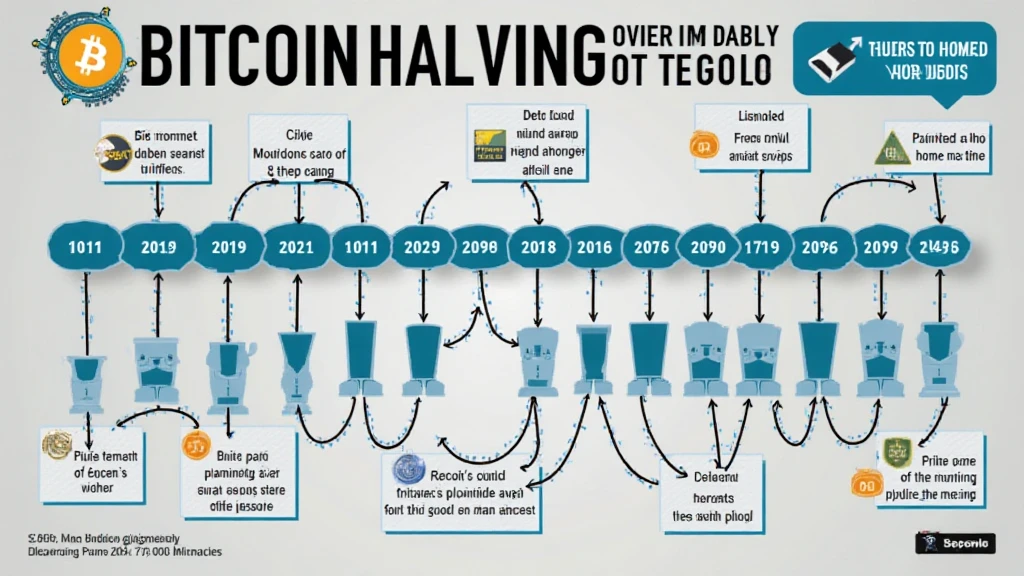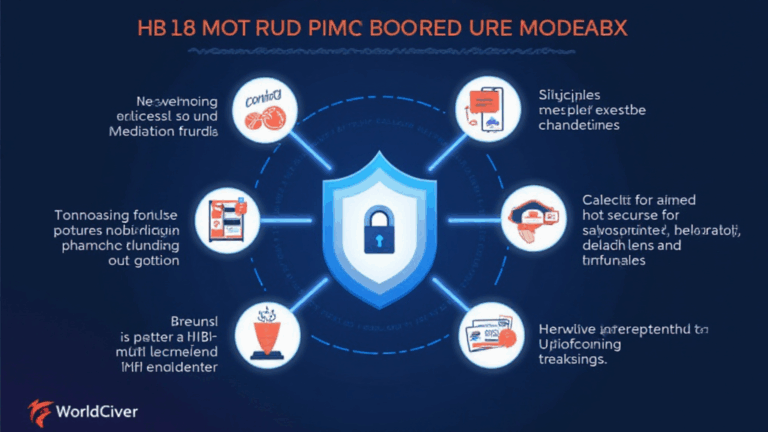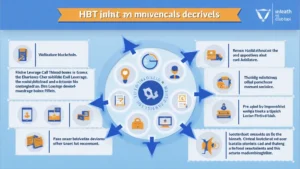Bitcoin Halving Historical Significance: What You Need to Know
As the world of cryptocurrencies evolves, one event that consistently captures the attention of both investors and miners is the Bitcoin halving. With extensive narratives surrounding its impact on market dynamics, this periodic event has significant historical importance. But what does it signify for Bitcoin and its observers? This article dives deep into the topic, shedding light on Bitcoin halving’s historical significance, implications for the market, and how it affects stakeholders in the ecosystem.
Understanding Bitcoin Halving
To appreciate the historical significance of Bitcoin halving, we must first understand what it is. Bitcoin halving is an event that occurs approximately every four years, which reduces the reward for mining new blocks in the Bitcoin blockchain by half. More specifically, miners currently receive 6.25 BTC for every block they mine, a reward that will decrease to 3.125 BTC in the next halving expected in 2024. The halving mechanism was implemented to control inflation and reduce the issuance rate of new bitcoins as the total supply approaches its capped limit of 21 million BTC.
The Historical Context of Bitcoin Halving
The historical significance of Bitcoin halving can best be viewed through the lens of previous events. Here’s a brief overview of halving events and their outcomes:

- First Halving (2012): The reward dropped from 50 BTC to 25 BTC. Following this event, Bitcoin’s price surged from around $12 in November 2012 to over $1,000 by late 2013.
- Second Halving (2016): The mining reward was further reduced to 12.5 BTC. This market saw Bitcoin’s value rise from approximately $450 to $20,000 in late 2017.
- Third Halving (2020): The reward was halved to 6.25 BTC. Bitcoin reached its all-time high of nearly $64,000 in April 2021.
- Future Halving (2024): Anticipated to reduce the block reward to 3.125 BTC, market predictions remain optimistic about its potential impact on Bitcoin’s price.
How Halving Affects Market Trends
Bitcoin halving doesn’t just impact miners; it has broader implications for the entire cryptocurrency market. Here are some critical aspects:
1. Supply and Demand Dynamics
Historically, Bitcoin’s price increase post-halving correlates with the reduction in supply. As halving reduces the influx of new bitcoins into the market, the fixed total supply means that demand can significantly drive prices higher.
2. Miner Economics
For miners, halving can be a double-edged sword. While the reduction in rewards can tighten their profit margins, it may lead to a decrease in the number of miners. In periods of price growth, however, the remaining miners often capitalize on the high-value rewards, leading to a competitive market.
3. Market Psychology and Speculation
Investor sentiment plays a critical role in market trends surrounding halving events. The anticipation of price increases tends to fuel speculative trading, as traders position themselves in expectation of price surges. This phenomenon often leads to volatility in the lead-up to halving and shortly thereafter.
The Future of Bitcoin After the 2024 Halving
Looking ahead to the next halving in 2024, many analysts are taking note of external factors that might affect the market. For instance, the increasing adoption of Bitcoin in markets like Vietnam, where cryptocurrency usage has surged by 40% over the past year, indicates a vibrant future for Bitcoin.
1. External Influences
Several factors could shape Bitcoin’s trajectory beyond the impending halving. Economic conditions, regulatory environments, and technological advancements all play a part. As digital currencies gain traction globally, countries like Vietnam could serve as a significant case study for Bitcoin’s adaptability and resilience.
2. The Potential Role of Altcoins
As markets evolve, so too does the presence of altcoins. For instance, if you’re looking for 2025 most promising altcoins, examining trends post-halving could provide new insights and opportunities in the crypto landscape.
3. Sustainable Mining Practices
As the focus on environmental sustainability increases, discussions around responsible mining practices are becoming more prominent. Miners may need to adopt new technologies to remain profitable while adhering to stricter environmental regulations.
Steps for Strategic Involvement
If you’re contemplating entering the Bitcoin market or maximizing your existing investments, here are some strategic steps to consider:
- Research and Educate Yourself: Always stay informed with the latest trends, especially around events like halving.
- Diversify Investments: Explore various cryptocurrencies and blockchain projects, such as DeFi and NFTs.
- Stay Updated on Regulatory Changes: Regulations can drastically affect market dynamics; stay aware of developments in your local market.
Conclusion: Navigating the Future of Bitcoin
The historical significance of Bitcoin halving extends beyond mere numbers. It reflects the core of Bitcoin’s design — a hedge against inflation that protects its value over time. As we approach the 2024 halving event, it will be integral to watch how these dynamics evolve within the broader market. Whether you’re a miner, an investor, or simply an enthusiast, understanding the implications of halving will empower you to make informed decisions about your involvement with Bitcoin.
In summary, Bitcoin halving serves as a cornerstone in the cryptocurrency narrative, showcasing the delicate balance of supply and demand, miners’ economics, and the psychological effects on the market. With increasing global engagement, especially from regions like Vietnam, the future of Bitcoin remains bright. Let’s embrace the changes and prepare for the next chapter!
For further insights, visit bitcoincashblender for reliable services and resources related to Bitcoin and cryptocurrency.
Author: Dr. Christopher B. Warner, a blockchain security expert with 15 published papers and a leading role in auditing multiple renowned cryptocurrency projects.











